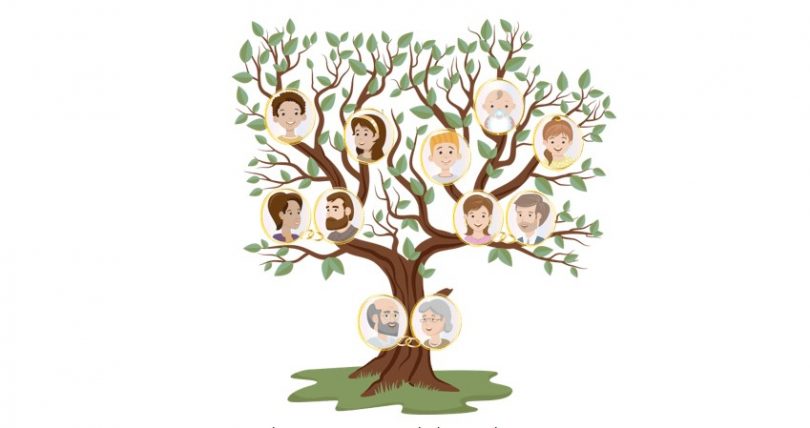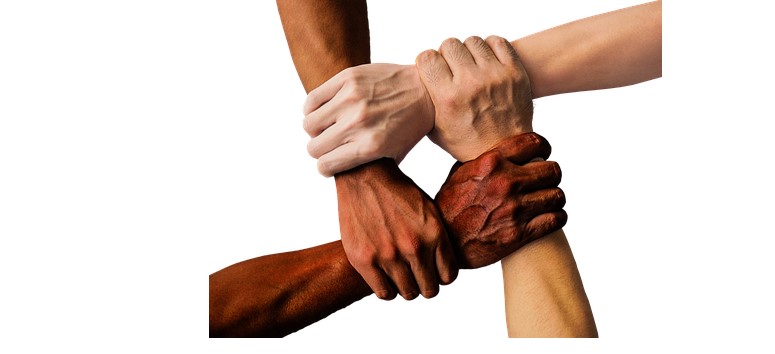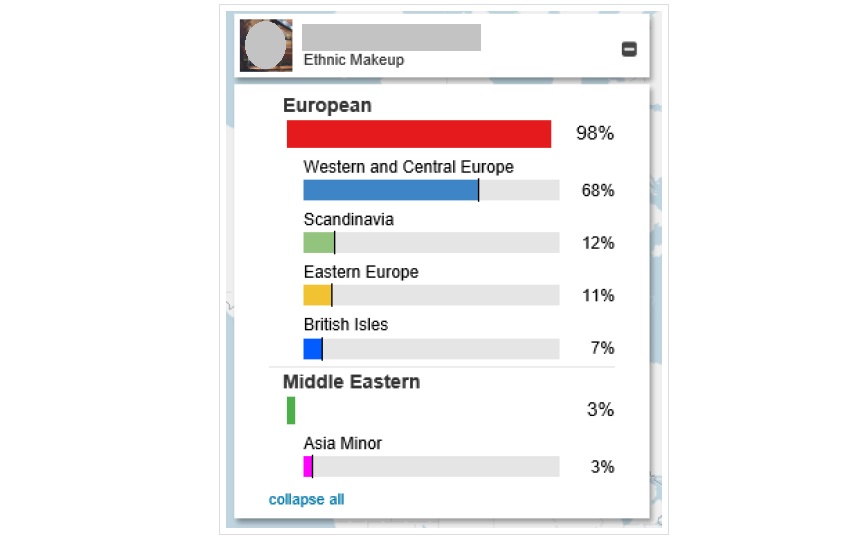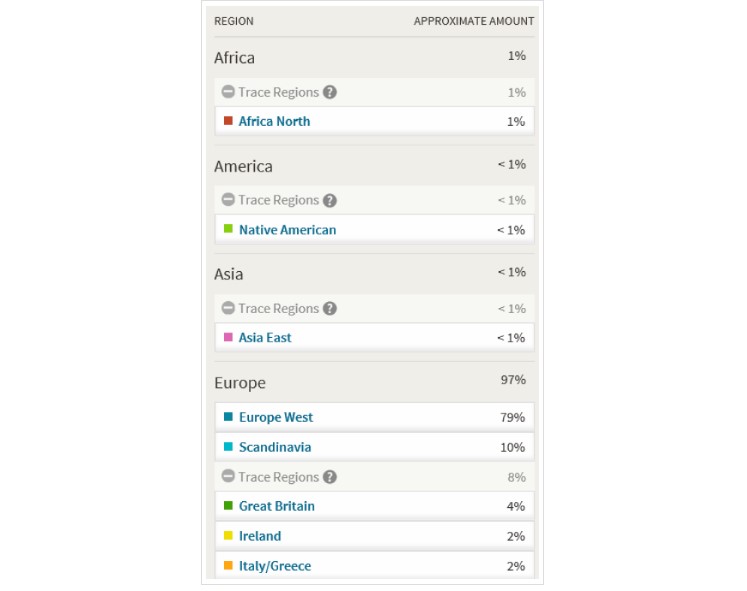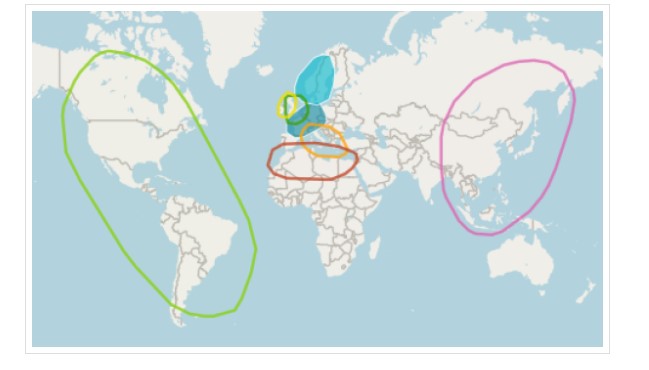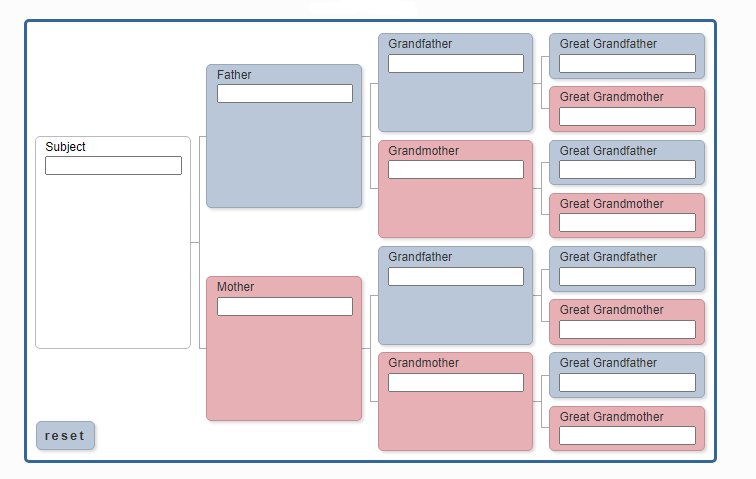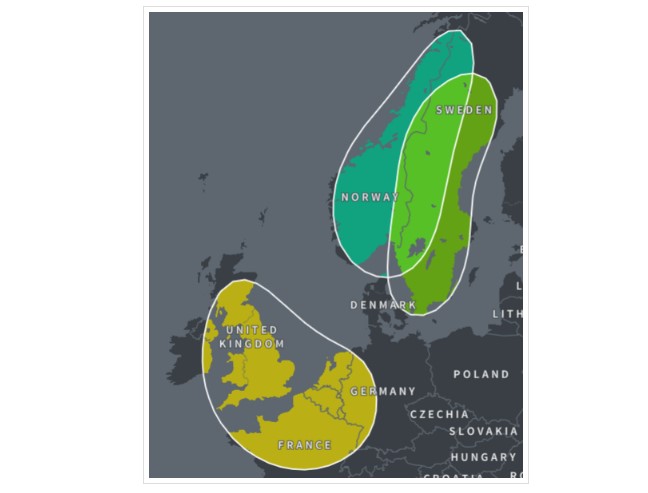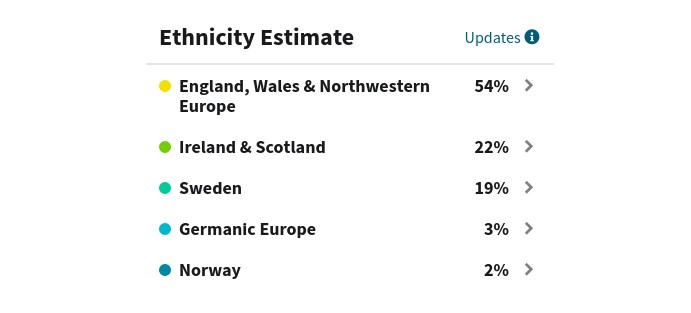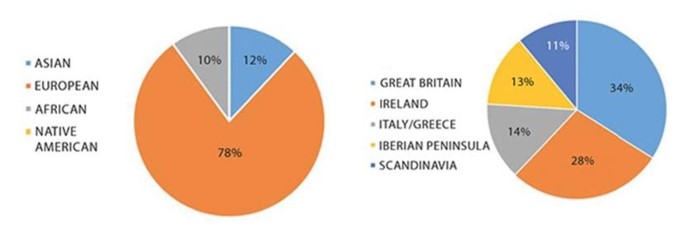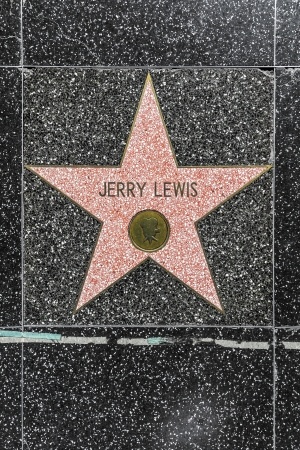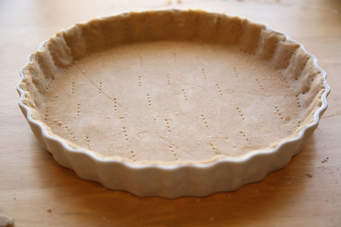Table of Contents
The ethnicity percentages in your DNA results can open a new avenue of possibilities in your genealogy. Every company has its own way of calculating, so your estimates depend on who you ask.
Sure, companies like AncestryDNA, FamilyTreeDNA, MyHeritageDNA, 23&Me, etc., will break down your so-called ethnicity estimate, but you’re likely to end up with more questions than contentment.
For this reason, you need to understand the mechanics surrounding cultural ethnicity calculation and its interpretation.
What is Cultural Ethnicity?
Cultural ethnicity reflects your affiliation to regions with distinct social attributes, including culture, religion, history, language, heritage, and other characteristics. While ethnicity may be hard to detect by DNA, it often overlaps with your genetic ancestry since people with a common heritage are likely to live in the same place and share marriage patterns.
What is Cultural Ethnicity Calculator?
A cultural ethnicity calculator is a tool that estimates your ethnicity percentage. Since the testing companies don’t have DNA results for our ancestors and deceased relatives, their next resource is the “informative ancestry markers” or genetic markers on the chromosome. The companies use the”single nucleotide polymorphisms,” or SNPs, to identify customers with a long history in a single region and make them a “reference panel group.”
Companies can also use samples from genealogy projects such as the Human Genome Diversity Project. Normally, these projects have samples collected from people with deep roots in certain locations.
It’s worth noting that the ethnic estimate results you receive in your test are just that—an ESTIMATE. Most recently, when genealogy companies, updated their “ethnicity estimates,” members saw a drastic change in their estimates, with some ethnicities emerging and other disappearing. Such adjustments elicit panic, elation, and confusion among users regarding their actual ethnicity and the reliability of the current results.
The ethnicity percentage you receive on your DNA results reflects the amount of DNA that matches the reference panel groups or regions. For example, if your estimate shows 25% German Europe, 25% of your DNA matches the reference panel group identified for Germanic Europe.
How To Calculate Ethnicity Estimate
With the improving genealogical field and advanced technology, ethnicity estimates are increasingly becoming relevant, although there remains a long way to go. For now, it’s advisable to only focus on estimates at the continent level and take anything broken further down with a pinch of salt.
The first step in calculating your cultural ethnicity is understanding all the processes involved and choosing the best tester for you. Luckily, you can establish your ethnicity percentage without having to undergo a DNA test, especially if you know your ancestors’ ethnicity. However, online ethnic calculators that do not consider DNA tests may be limited to your memory or the number of generations to include.
On the other hand, popular DNA sites such as Ancestry can break down your ethnicity estimates globally. So, once you take a DNA test, the company divides it into smaller chunks and compares each by the SNPs in its reference panel groups.
It’s worth noting that every company has different ancestry regions and may make adjustments prospectively. Besides, if the company lacks a matching ancestry for your DNA, it automatically assigns you to the next closest ethnicity. For example, if the site has no reference group for Denmark, your Danish ancestry may partly reflect Sweden, England, Norway, and Germany.
Factors To Consider When Selecting Cultural Ethnicity Calculator
The site’s database and features are the first things to consider. If you want more detailed tests, check if your preferred site takes the YDNA and the mtDNA tests in addition to the autosomal test. These tests can help if you focus your genealogy on specific bloodlines, such as the maternal or paternal lines.
Also, scrutinize the regions used by each site to ensure you get actual results that can help you track your heritage.
Most importantly, the non-DNA ethnicity calculators lack the capacity for many generations. Having many correct inputs for many generations is likely to provide a percentage that tracks your lineage beyond a century.
The app or site should also be compatible with your device or have the sharing link to transfer results to another genealogy site. In the same way, check whether the site can incorporate your family tree or other genealogical information from other sites.
Most DNA testing sites only require you to submit your saliva, and the results will appear in your account after the test. However, the non-DNA sites make an estimate after you manually enter the nationality or ethnicity of every member in your family tree.
Significance Of an Ethnicity Estimate
While ethnicity estimates should be taken with reservations, they can come in handy depending on your reasons for them. An estimate might help you clarify stories linking your ancestors to some foreign culture. A small percentage might be a massive breakthrough for someone interested in verifying such stories. For example, if you’ve heard stories about your Polish ancestors having Scandinavian ancestry, finding 5% Scandinavian on your results would be jaw dropping.
In the same way, testers help you explore the percentage of the cultural ethnicity with which you usually identify. For example, a person from Mexico may want to know what percentage of Spanish ancestry they have.
These results may be surprising to many and disappointing to some, but it helps people realize the significance of other ethnic regions, especially in their heritage exploration. Besides, results on your ethnicity estimate can help better understand family history and migration patterns.
Above all, submitting your DNA helps the genealogy sites expand their databases and make it easier for people to find their links.
Limitations Of Ethnicity Calculators
Ethnicity estimates are subject to several inherent limitations that prevent them from being completely accurate or especially helpful for genealogical research. That is not to say the science doesn’t work; rather, the field is still evolving, hence the change in your estimates after every update.
Remember to treat the results as estimates despite the highlighted significance in genealogical applications. For instance, the reference reports used by companies like Ancestry and MyHeritage are modern-day populations and not ancient. Besides, the references are a tiny sample of a few people that cannot be used as a representative of the world.
Moreover, the genealogical sites have yet to accurately identify ethnicities who have interacted extensively. Ancestry says, “When people from previously separated populations have children together, they share DNA in what we call admixture. As previously distinct populations mix, they get harder to tell apart using genetics. If your family comes from a population with a history of admixture, your percentages for some ethnicity regions may be different than expected.” In this case, for example, it would be hard for the site to establish whether a person from Greek or Italy has Spanish/Greek/Italian ancestry.
Another drawback of these estimates is that some regions lack sufficient database to capture unique DNA. Data from vast regions in Africa and Asia is scant, making it hard to capture those ancestries in many people’s results.
Lastly, the ethnicity calculation and estimates may be wanting as the technology still needs improvement. There needs to be a more detailed estimate that does not classify you as Native American but provides the exact ethnicity to which you belong. In the same way, the technology is yet to incorporate indigenous ancestry for regions like North and South America that would help individuals find concrete answers in their genealogy.
Ethnicity Percentages Are a Tip of The Iceberg
The main concern for testers is whether the genealogy calculators are accurate and which vendor is the best. First, the best vendor for you depends on your preferences, mileage, and features. The best vendor for German ancestry may not be accurate for Native American or British Isles.
Regarding the accuracy of your ethnicity estimates, it cannot be 100% accurate or anything close to that. Remember that it is a rough estimate or, if you like, a guess. The best way to figure out your ethnicity percentage is through genealogy research.
Building your family tree using your DNA results can be an excellent guide to learning as much as possible about where your family originated. So, if you’ve yet to build a family tree, you need to get one and start your genealogy journey. A visual will help you quickly locate your relatives and other matches, and their results can be a significant factor in coming up with a general outlook of your ethnicity estimates. Besides, you can use information from your family tree to verify weird percentages on your estimates.

